Safe and Effective Wildlife Deterrent Services
Wildlife pests can pose significant challenges for residential and commercial properties. Animals such as raccoons, squirrels, bats, and birds often seek shelter in attics, walls, and crawl spaces, leading to property damage and health concerns. According to recent studies, raccoons and squirrels are responsible for thousands of reported incidents annually, causing structural damage and contaminating living spaces. Bats can also establish colonies in buildings, creating noise and potential health risks from droppings. Bird infestations can lead to clogged vents and damage to building exteriors. Managing these nuisances effectively requires specialized wildlife removal techniques to prevent further issues and protect property integrity.
Raccoons often rummage through trash and cause damage to roofs and attics, creating messes and structural issues.
Squirrels chew through wires and insulation, leading to costly repairs and potential fire hazards.
Bats roost in building eaves and attics, leaving droppings that can cause health concerns and foul odors.
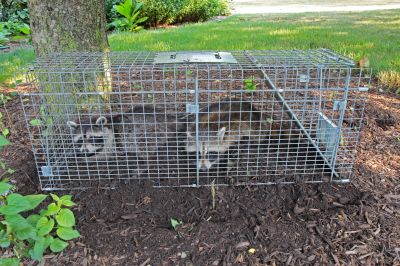
Raccoons are common urban wildlife pests that seek shelter in trees and building structures.
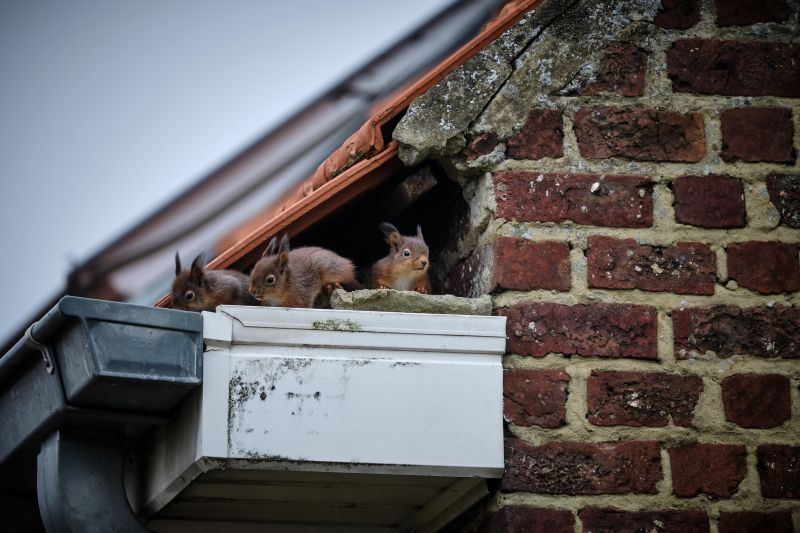
Squirrels often build nests in attic spaces, causing insulation damage.
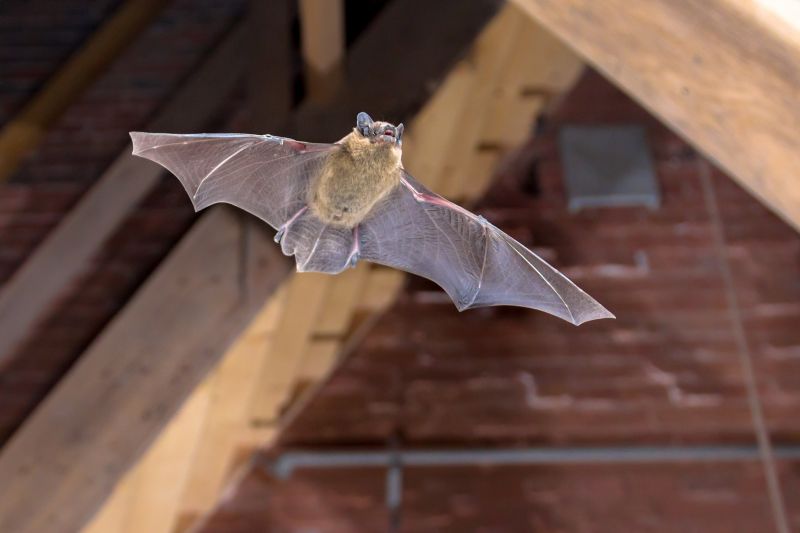
Bats frequently roost in building eaves and attics, forming colonies.

Birds nesting on building ledges can lead to debris buildup and structural harm.
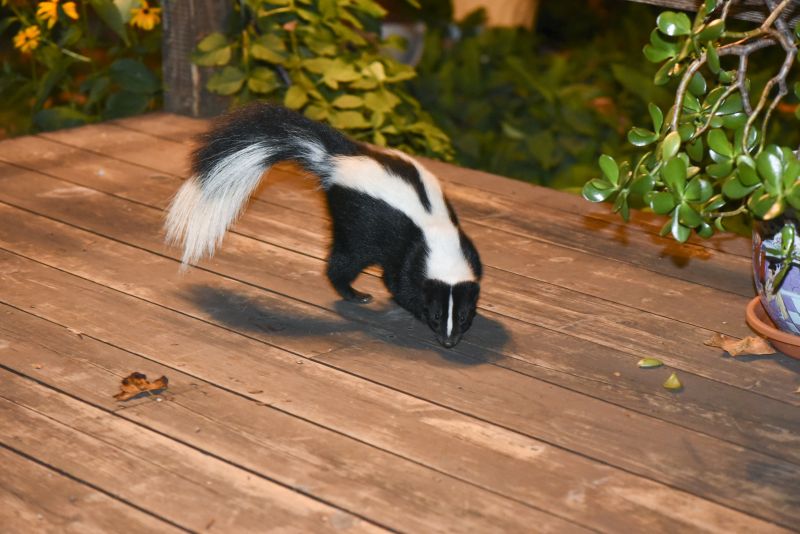
Skunks may burrow under decks and sheds, creating foul odors and potential health risks.
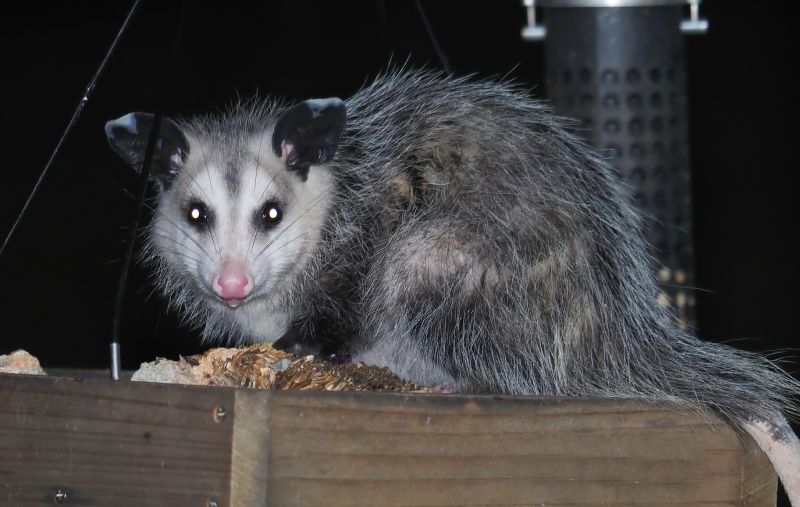
Opossums often invade attic spaces, causing damage and noise disturbances.
| Wildlife Pest | Description of Nuisance |
|---|---|
| Raccoons | Cause property damage by tearing open trash cans, roof shingles, and insulation. |
| Squirrels | Chew electrical wires and insulation, increasing fire risk and repair costs. |
| Bats | Leave droppings that can lead to health issues and foul odors in buildings. |
| Birds | Nest in vents and on ledges, blocking airflow and causing debris buildup. |
| Skunks | Create foul odors and may dig under decks or sheds, posing health risks. |
| Opossums | Enter attic spaces, damaging insulation and creating noise disturbances. |
| Woodchucks | Burrow in yards and gardens, causing structural instability and damage. |
| Snakes | Can invade properties, posing potential safety concerns and pest issues. |
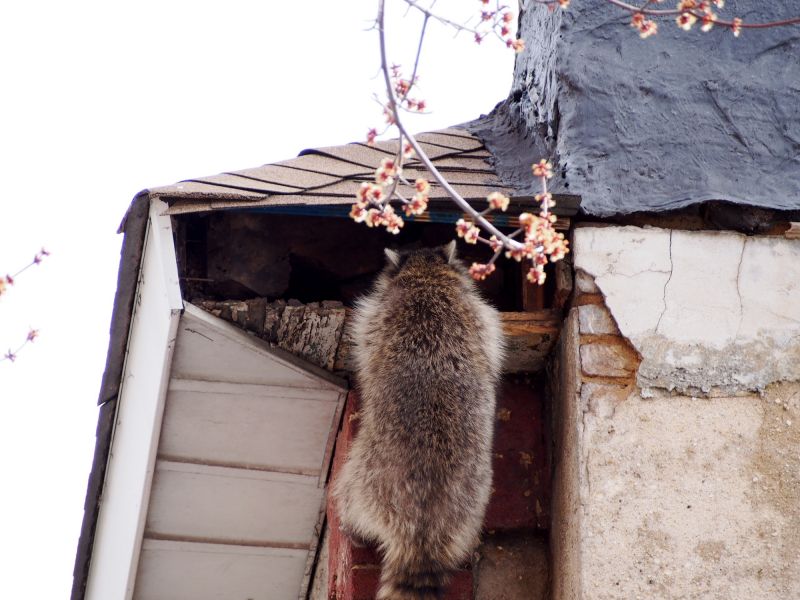
Raccoons can cause extensive damage to roofs and attics.
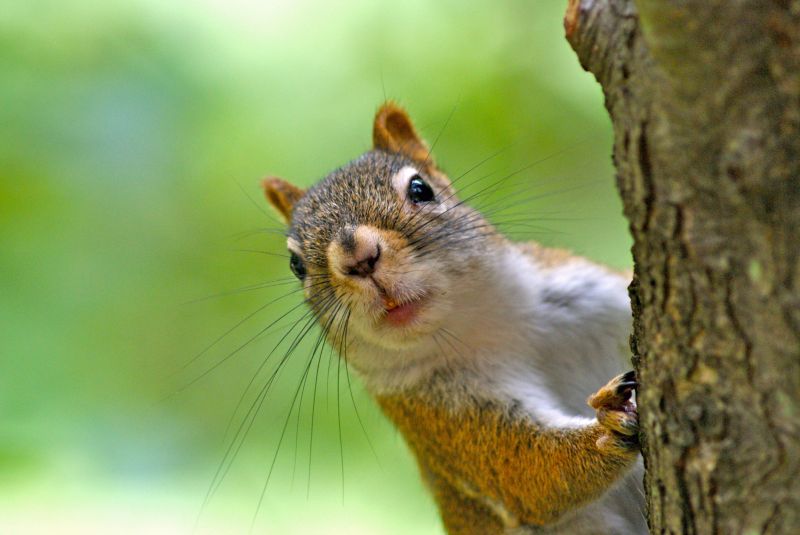
Squirrels gnaw on wires and insulation, risking fires and costly repairs.

Accumulated bat droppings can lead to health hazards and odors.

Bird nests can block vents and damage building exteriors.

Skunks dig burrows under decks and sheds, creating odors and safety issues.

Opossums often enter homes through attic openings, causing damage.
Wildlife pest control offers numerous benefits for both residential and commercial properties. Effective removal and exclusion techniques help prevent property damage, reduce health risks, and eliminate nuisances caused by pests. Proper management of wildlife pests can also improve sanitation and maintain the structural integrity of buildings. By addressing these issues promptly, property owners can avoid costly repairs and minimize disruptions. Professional wildlife removal ensures that pests are handled humanely and efficiently, adhering to best practices for safety and effectiveness.
Hiring a professional for wildlife pest control provides expertise and specialized equipment that are essential for thorough removal and prevention. Professionals can identify entry points and implement exclusion methods to prevent future invasions. They also ensure that the removal process complies with local regulations and safety standards. Engaging experts reduces the risk of injury or damage during removal and helps establish long-term solutions to wildlife nuisances. Properly managed pest control enhances property value and peace of mind for property owners.
Interested in resolving wildlife nuisances efficiently? Contact today to receive a quote for professional wildlife pest control services and protect your property from unwanted pests.



